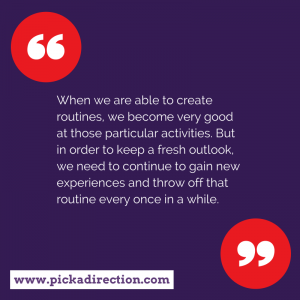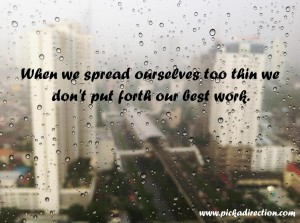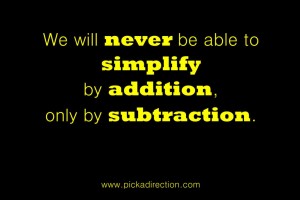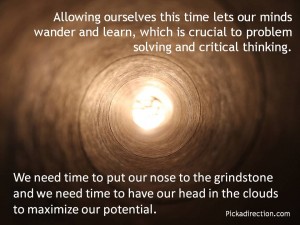As I open my laptop to type this morning, I had a quick realization that I have been thrown off in some way. I could say it’s because I got back from Las Vegas 7 hours ago (and that would be accurate) and that I’m sleep deprived, but that’s not it. My routine has been thrown off and I’m struggling to get back into it.
I talked briefly about habits and the opposite of routines last week. The premise of that theory was to shock your system so you see things in a new light. But it in order to change things up, you have to have something set in place. Today we’re going to dive into one of my theories on how to be more productive: Creating Routines.
Personal Application
I am usually an early riser. I work on my blog before the world wakes up so I can give myself an entire workday instead of taking up time writing when I could be working.
I start early, I read for a few minutes and then I fire up the laptop. This usually all happens before 6:00 or 6:30. Today I woke up at 7:45 since I didn’t get in till well after midnight returning from Las Vegas… habit loop crushed.
As I’ve said before, when we get into a habit loop (think a regular routine you have) and we just kind of mindlessly “do it” the time almost flies by. Guys, how vivid was your most recent memory of shaving your face?
Our brains recognize that activity and to save energy, they relax so we can go through the motions. Those activities become easier for us and we breeze right through them. Let’s just say I’m not exactly flying through this blog post today.
Business Application
As we dive into this more, I think about how it could be applied in my work life and how I could help others incorporate it into their own work lives. I wish I would have had information like this in my furniture days when I needed to juggle 489 things a day.
So how can you create good routines for yourself and your team?

I always thought that when I’m in the position of managing other people again, I would do a few things differently.
First off, I would create routines for checking emails at scheduled times so that the people I manage don’t waste time. Next, I would have more scheduled contact with the people with whom I work remote, even if it was only for 5 minutes in around lunch. I always had contact, but it was sporadic at best.
And finally (this is the most important one) I would require people to have quite time in which they work on projects without distractions. I would show them how I do it and I would make it a habit for them to work on projects with complete concentration.
Think about how much growth you could have if everyone in your organization (or at least managers) took 1 hour of quite time each day to work on a project that would move the company forward.
Productive vs. Creative
So Mike last week you said we need to change things up, and this week you’re saying we need to repeat a bunch of activities… huh???
What I’m saying is we need to attempt to balance out our work lives. When we are able to create routines, we become very good at those particular activities. But in order to keep a fresh outlook, we need to continue to gain new experiences and throw off that routine every once in a while.
For example: If you take my daily email checking and quite time routines above, you would add a “fresh experience” every so often. Maybe in the afternoons so they can keep those times sacred. Or only on a Friday when work is light and people don’t need to have as much quite time. Or still, you could switch the day up and have people get their quite time in the afternoon if they normally get it in the AM hours.
Whatever your daily work is like, there are always opportunities to streamline them with routines to make you more productive. But there are also times when should break out of a rigid schedule to keep yourself from being bored into ineffectiveness.
—
What are some of your routines? How do they help you become more productive with your work? Leave me a comment below or chat with me on Twitter.
Have a great week!
—







